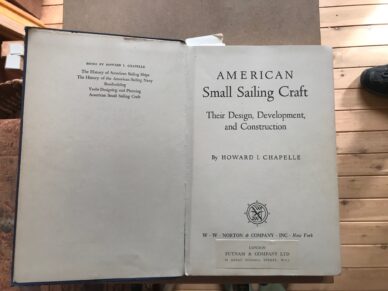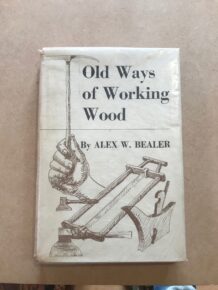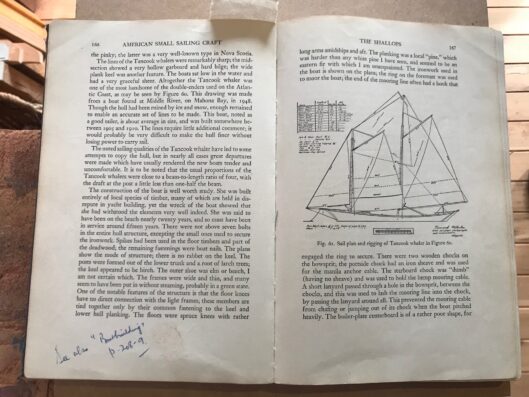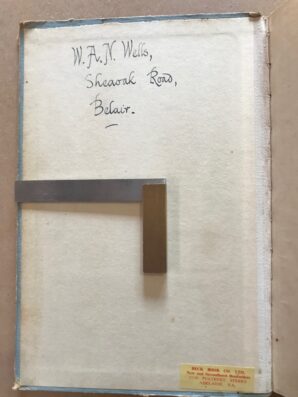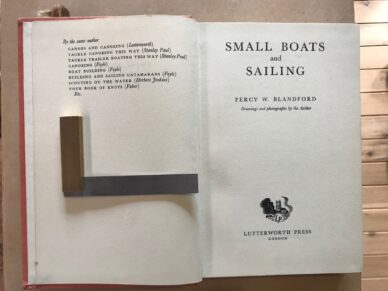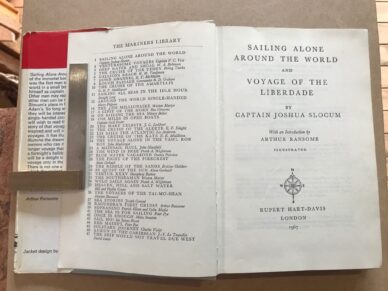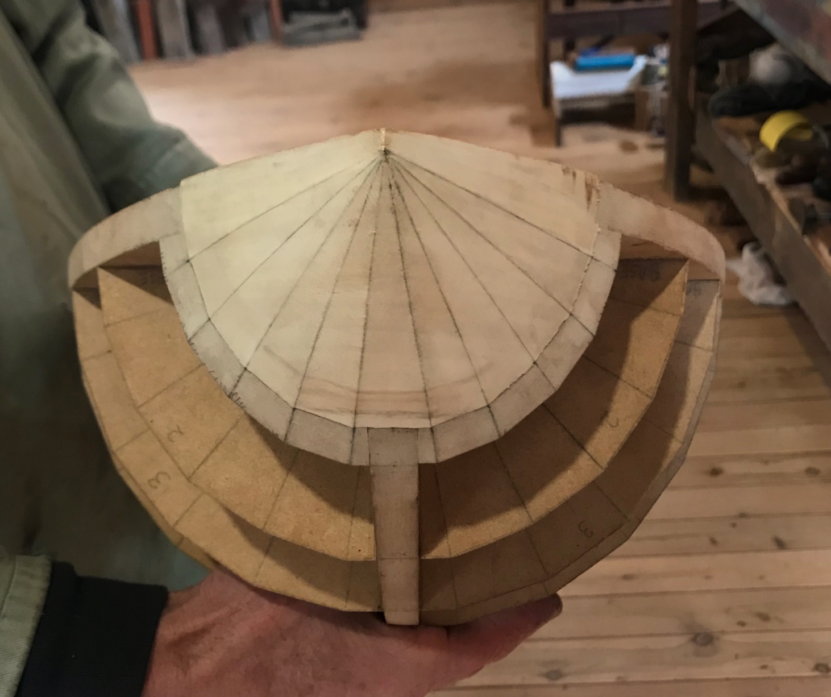But my books were always my friends, let fail all else….Joshua Slocum
A few weeks ago I set up the first of four or five shelves in the Boatshed, designed to house Dad’s fine collection of maritime books. It seemed like the appropriate place for the books, which are there for all the family to use as the need arises.
My brothers will recognize this first shelf of specially selected titles -the essence of the Maritime Library – which shaped and nourished our youthful hearts and minds, and (I feel sure) continue to inform them in ways known and unknown.
The first book I installed was Joshua Slocum’s Sailing Alone around the World, and I could not resist flicking to the back pages, just to make sure my favorite maritime yarn was still in its proper place.
I have always thought The Voyage of the Liberdade was even more astonishing than Sailing Alone. Here is a quote from the preface:
Be the current against us, what matters it? Be it in our favour, we are carried hence, to what place or for what purpose? Our plan of the whole voyage is so insignificant that it matters little, maybe, wither we go, for the “grace of the day” is the same! Is it not a recognition of this which makes the old sailor happy, though in the storm; and hopeful even on a plank in mid-ocean? Surely it is this! for the spiritual beauty of the sea, absorbing man’s soul, permits of no infidels on its boundless expanse….
Perhaps Dad’s favourite volume was The Wandering Years, by Weston Martyr. You can see it in one of the photos. In fact, that little book spent more time on his beside table than in the library: often enough perched on top of a battered King James Bible. I like to think of it as a sort of maritime Apocrypha.
Another precious (indispensable) book he kept close at hand was Howard I. Chapelle’s American Small Sailing Craft. Sam has taken a photo of the inside back cover, where Dad noted page numbers of his favorite designs. The Tancook Whaler, of course, heads the List. Further down you will see South Jersey Beach Skiff, written in crabbed fashion: my own presumptuous entry. I was fascinated by that lovely vessel – which happens to be extremely difficult for a novice to build. One day, perhaps, if I can acquire the skills….
The light-blue Popular Mechanics volume has a plan of the second of our training boats: Silver Mist…. such a charming little craft, lost forever. It was in Silver Mist that my father’s sons ‘learnt the ropes’.
While we are on Maritime Books, I thought to mention an excellent title not held in the Library. It is called Of Yachts and Men by William Atkin. He was a fine designer of small wooden boats, and (like Slocum) had a way with words.
Young men should dream, and the old should not forget this enchanting pastime. For the old, the sequence of the dream may be interrupted because there is left so little time in which to pursue it – but this is poor reason for not beginning the pursuit. Suppose it is not interrupted….
And another quote from the same book (he wrote two or three books, and many articles):
Had you inquired why so much electric light was burning in the Mizzen Top’s cellar workshop, you would have gotten the answer, “Billy Atkin and Alison McIver are making a mast”. The ‘wiser’ and rasher neighbours might add that here were a queer pair finding fun in making something they had never made before. How is it that the ‘wise’ (in the sense of being well-satisfied with one’s own wisdom) never learn? I have found that it is quite easy to make anything, or for that matter do anything, once the spirit and will come a-knocking at the workshop door.
Now that is what a Novice likes to read: most encouraging…..

